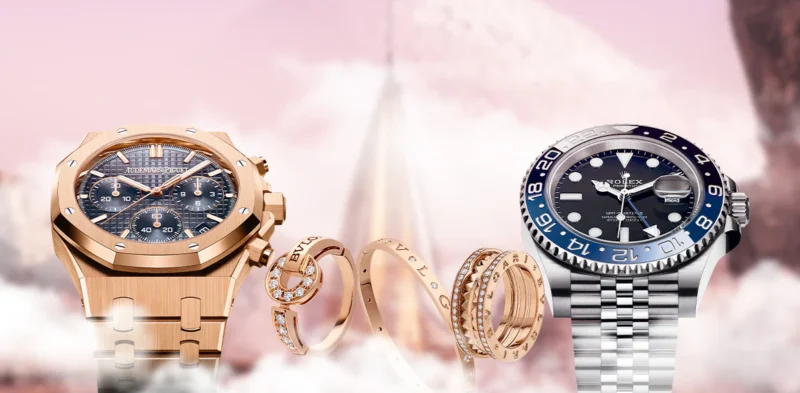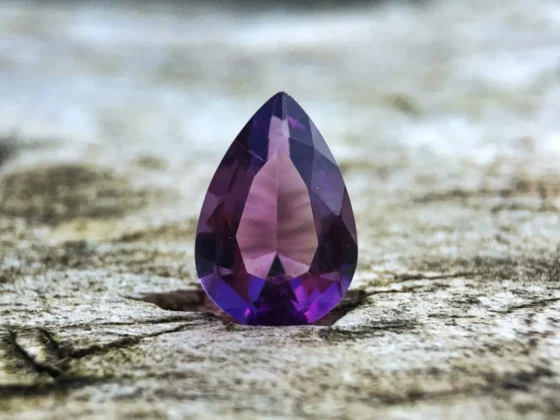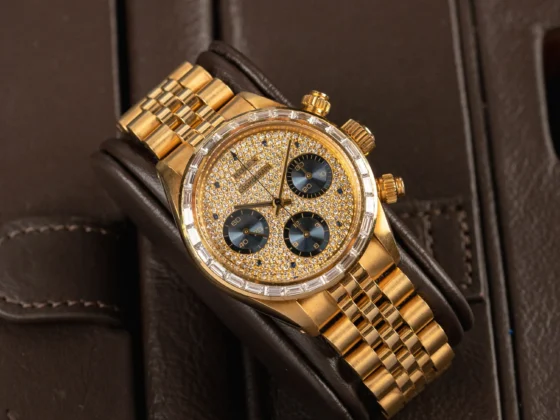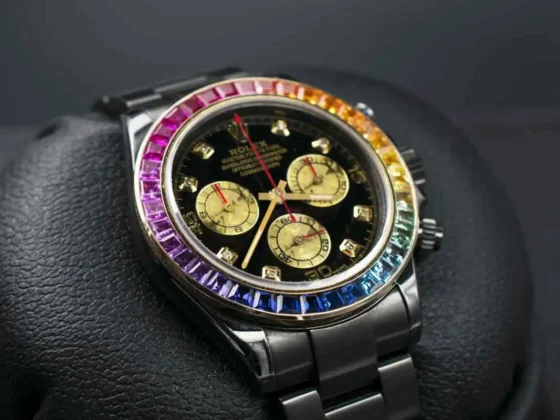The investment value of fine watches and jewelry has garnered significant attention in recent years. As collectors and investors increasingly recognize the potential of luxury goods to appreciate in value, understanding the factors that influence these assets’ investment potential is crucial. Whether you’re a seasoned collector or new to the luxury market, knowing what drives the value of watches and jewelry can help you make informed decisions, allowing you to maximize returns and build a portfolio of valuable, lasting assets.
Why Watches and Jewelry are Strong Investments
Fine watches and jewelry are often seen as both wearable art and financial assets. These luxury goods tend to hold intrinsic value due to their craftsmanship, rarity, and the use of precious materials. Additionally, market demand for certain brands and models can significantly boost their long-term investment potential. Unlike stocks or bonds, luxury watches and jewelry provide tangible enjoyment while also serving as a hedge against inflation, offering both emotional and financial rewards for collectors.
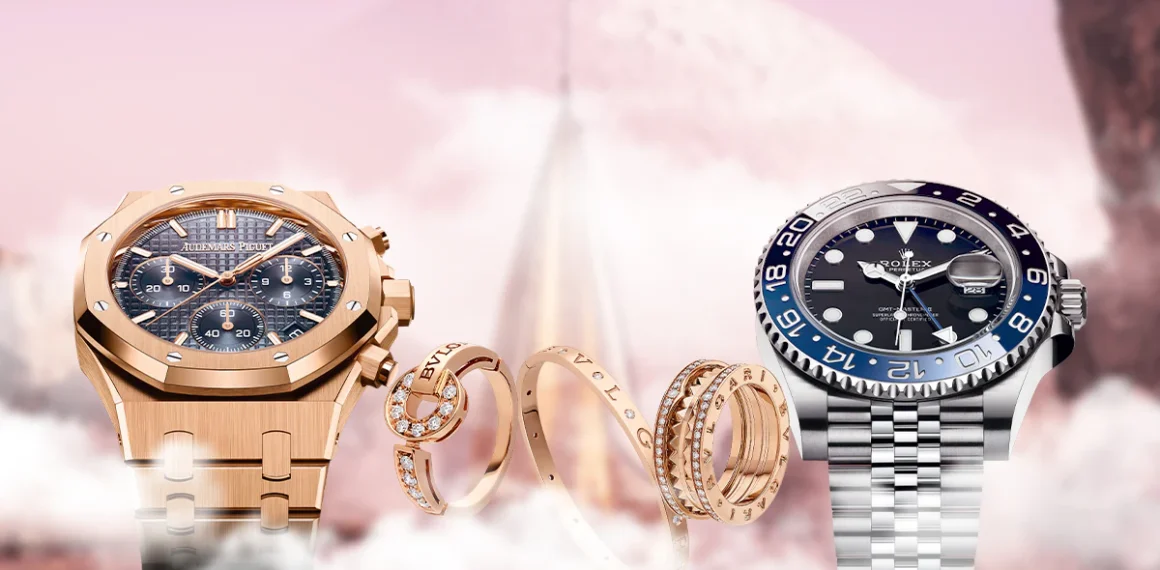
Key Factors That Influence the Investment Value
1. Brand Prestige and Reputation
One of the most significant factors affecting the investment value of luxury watches and jewelry is the brand. Iconic names such as Maison Designers, Patek Philippe, Rolex, Audemars Piguet, and Cartier command a high level of trust and prestige. These brands are renowned for their heritage, craftsmanship, and design, all of which contribute to their long-term value. Collectors and investors alike recognize these names as symbols of quality, making them more desirable and, consequently, more likely to appreciate over time.
Watches and jewelry from reputable brands tend to outperform lesser-known brands in terms of resale value. The association with luxury and reliability enhances the appeal, drawing in buyers willing to pay a premium.
2. Rarity and Exclusivity
Rarity is a driving force in the world of luxury goods. Limited-edition releases, discontinued models, and one-of-a-kind creations often appreciate significantly in value over time. Watches and jewelry that are hard to come by, either due to low production numbers or exclusive designs, are highly sought after by collectors. The rarer the piece, the higher the demand, and this drives up prices in the secondary market.
For example, limited-edition watches from brands like Patek Philippe or Audemars Piguet that are no longer in production tend to attract fierce bidding at auctions. Similarly, vintage jewelry featuring rare gemstones or unique designs can command high premiums.
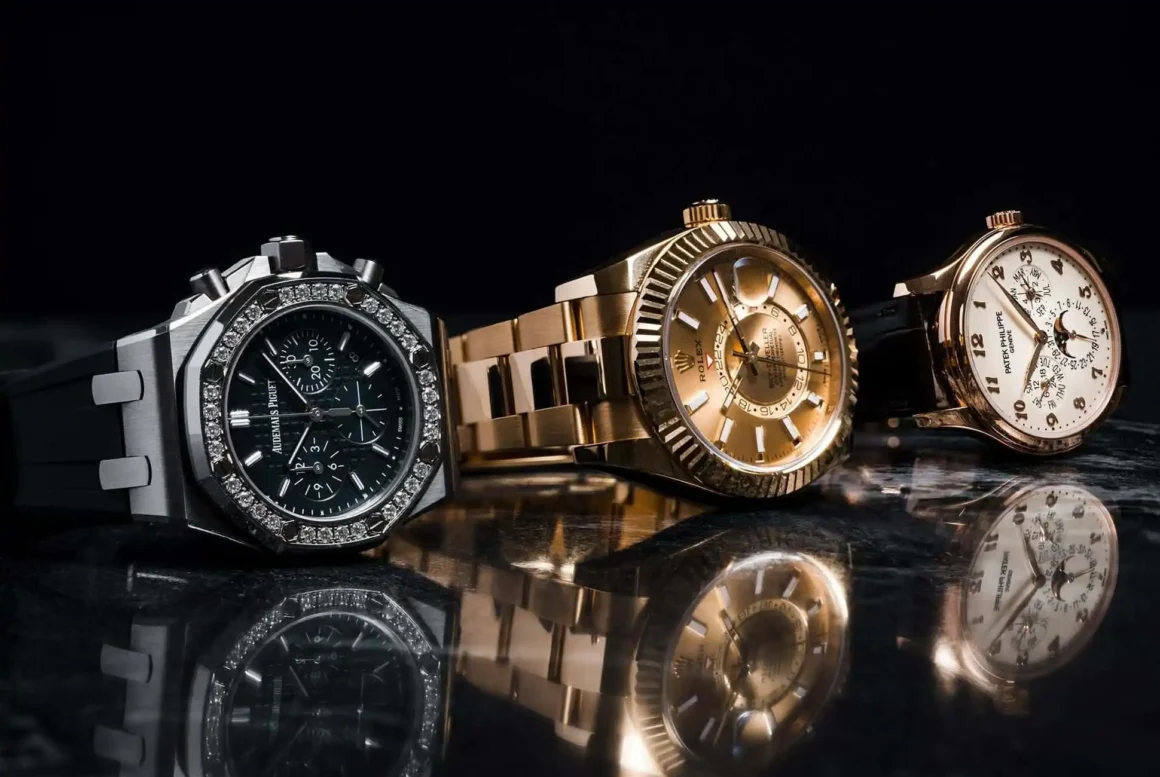
3. Condition and Authenticity
The condition of a watch or jewelry piece is a critical factor in determining its investment value. Collectors place a premium on items that are in excellent condition, preferably with minimal wear or restoration. Watches that come with their original box, paperwork, and certificates of authenticity tend to fetch higher prices than those without.
Authenticity is also essential. Counterfeit goods flood the market, and discerning collectors prioritize provenance and documentation. Items purchased from reputable sources—such as established dealers, auction houses, or directly from the brand—tend to maintain or increase in value. Proper documentation and servicing history for watches are especially valuable, as they verify the piece’s legitimacy and enhance its appeal to future buyers.
4. Craftsmanship and Materials
The quality of craftsmanship and materials used in the creation of a watch or jewelry piece plays a significant role in its investment potential. Timepieces with intricate complications, such as perpetual calendars, tourbillons, or minute repeaters, require a high level of horological expertise and often command higher prices. Likewise, jewelry featuring high-quality gemstones—such as diamonds, sapphires, and emeralds—paired with expert craftsmanship is more likely to appreciate in value.
For watches, materials such as platinum, gold, and rare metals increase both the intrinsic and investment value. In the jewelry market, diamonds graded for their cut, color, clarity, and carat weight (the “Four Cs”) are more valuable, particularly if they have rare characteristics like flawless clarity or rare colors.
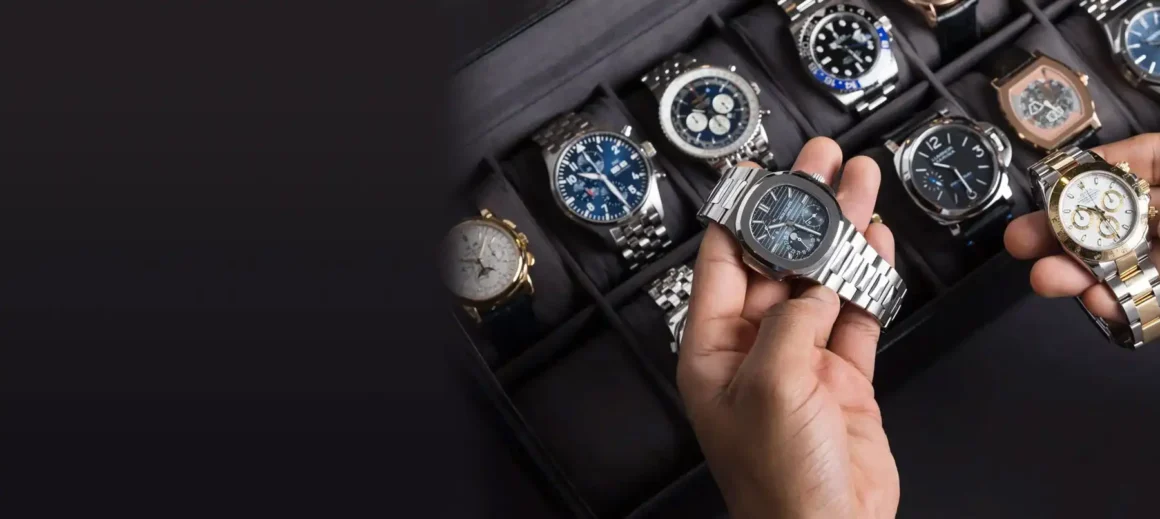
5. Historical and Cultural Significance
The history and story behind a piece can dramatically enhance its value. Watches and jewelry with historical or cultural significance often see rapid appreciation. For example, watches that belonged to famous personalities or were worn during significant events can fetch record-breaking prices. Similarly, vintage jewelry associated with a particular era, such as Art Deco or Victorian, can be highly sought after by collectors who appreciate the historical craftsmanship and design elements.
The provenance of a piece can make it more desirable, especially if it was once owned by a high-profile collector or celebrity. Well-documented pieces with an interesting backstory are seen as rare treasures, adding to their allure and market value.
6. Market Demand and Trends
Like any other investment, the value of fine watches and jewelry is subject to market demand. Certain brands, models, or styles can be highly fashionable during particular periods, driving up demand and prices. Understanding market trends is crucial for investors aiming to maximize returns.
For example, vintage watches and jewelry have been experiencing a renaissance in recent years, as collectors value the craftsmanship and history behind these pieces. Similarly, sustainability trends have increased demand for ethically sourced gemstones, which may impact future valuations. Monitoring auction results, staying informed about emerging trends, and networking with industry experts can help investors identify which pieces are likely to appreciate in the near future.
How to Maximize Investment Value
1. Stay Informed on Market Trends
Keeping up with the latest trends in the luxury market is essential for making smart investment decisions. Regularly check auction results from houses like Phillips, Sotheby’s, and Christie’s to get a sense of which watches and jewelry are performing well. Subscribing to industry newsletters and following expert opinions can also provide valuable insights into potential investment opportunities.
2. Buy from Reputable Sources
Purchasing from well-established dealers and auction houses is critical for ensuring the authenticity and quality of your investment. These sources often provide certifications, appraisals, and guarantees that protect your investment. Always research the dealer’s reputation and ensure that they offer proper documentation for your luxury purchases.
3. Focus on the Long Term
Luxury watches and jewelry tend to be long-term investments. While some pieces may see rapid price increases, others may take years to fully appreciate. Patience is key when building a collection with strong investment value. Avoid focusing on short-term trends and instead aim to acquire pieces with timeless appeal and enduring craftsmanship.
4. Protect and Preserve Your Collection
To maintain the investment value of your watches and jewelry, proper care is essential. Ensure regular servicing for timepieces and clean and store jewelry in safe, secure environments. Consider insuring your valuable pieces to protect against damage, theft, or loss.
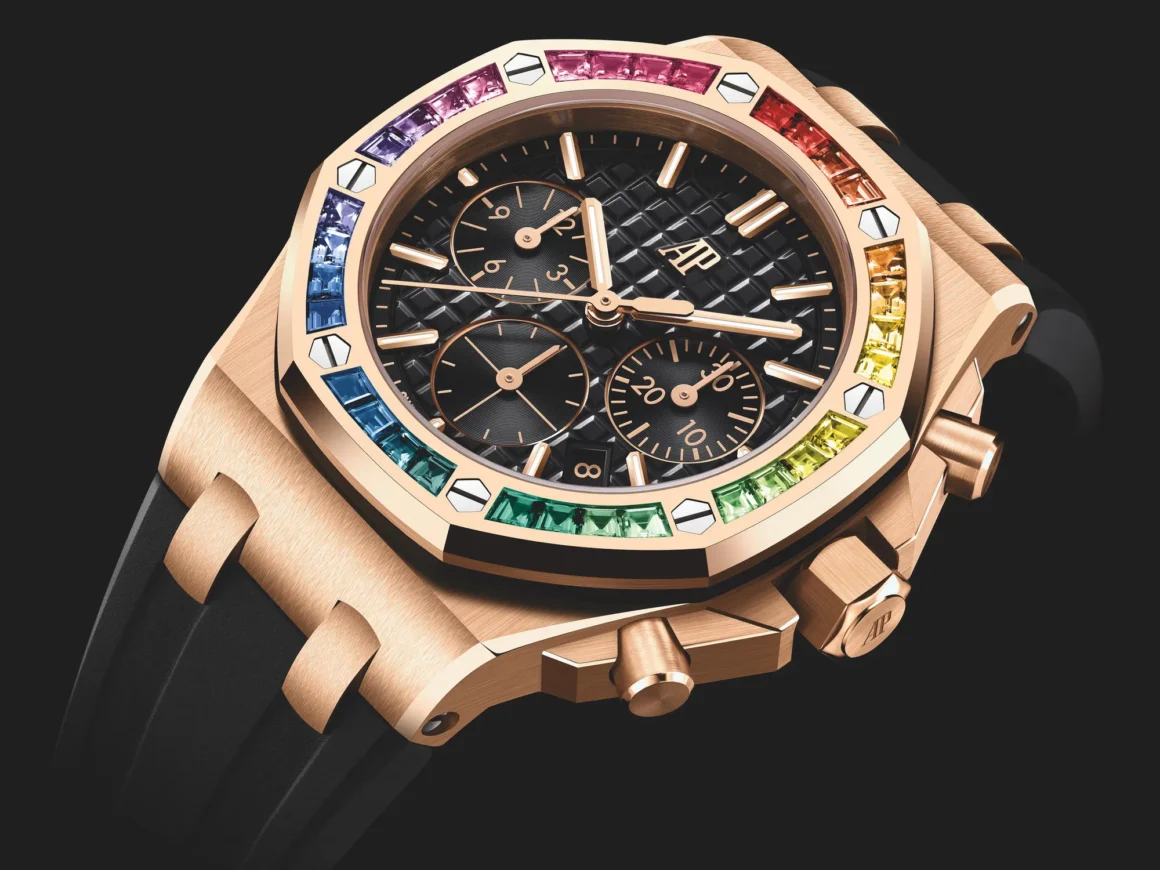
Conclusion
The investment value of fine watches and jewelry is influenced by multiple factors, from brand prestige and rarity to craftsmanship and historical significance. By understanding these elements and keeping a close eye on market trends, collectors and investors can make informed decisions that maximize the value of their luxury assets. Whether you’re investing in rare watches, iconic jewelry pieces, or both, taking a thoughtful approach can result in a collection that appreciates significantly over time.


